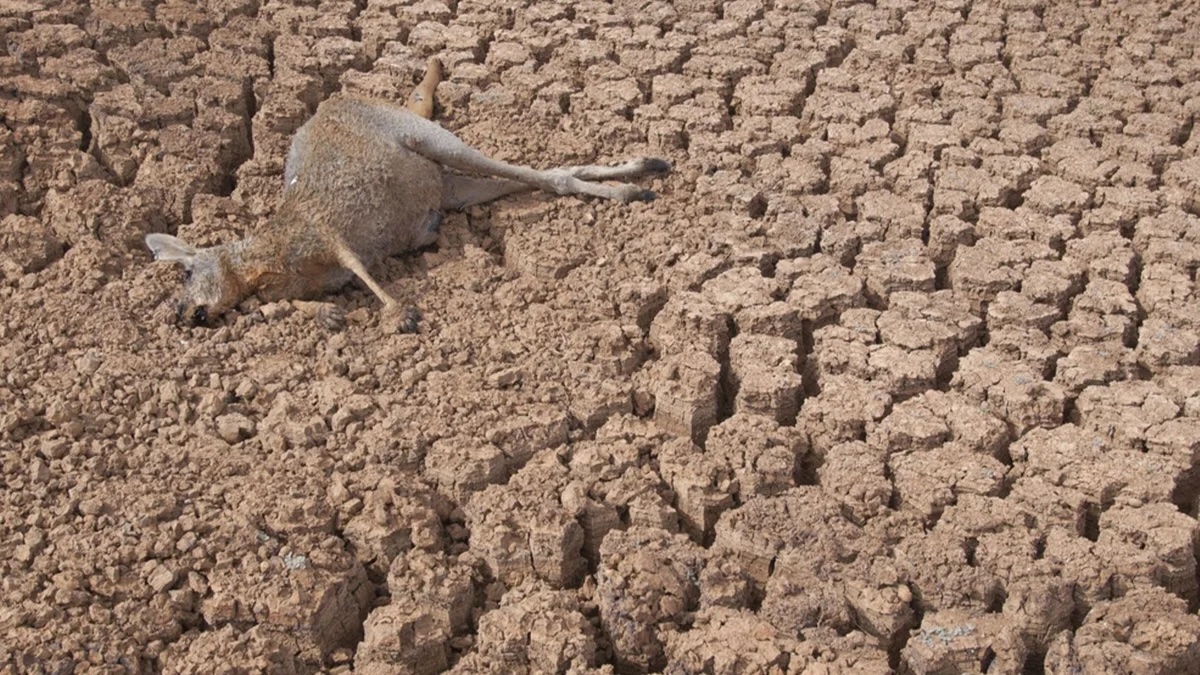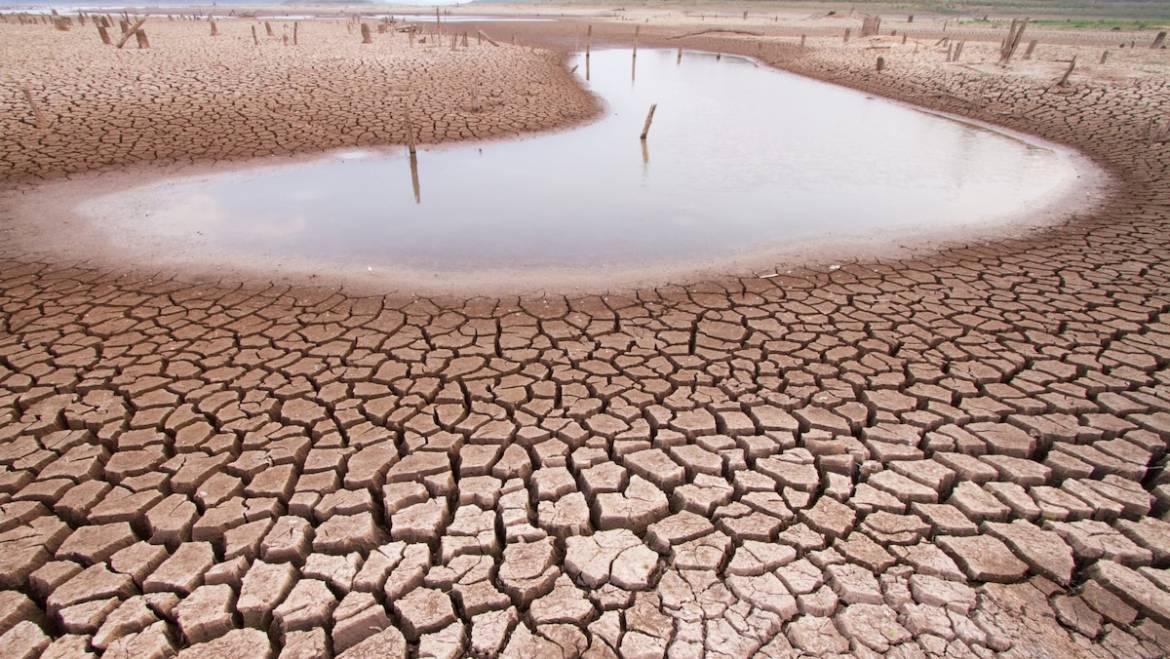Population Growth Threatens Australia's Water Security
The extent of population growth in Australia means that the demand for fresh water has now outpaced improvements to the country’s water infrastructure.
According to new research commissioned by Sustainable Population Australia (SPA), overpopulation is now threatening water security and sustainability.
The findings, published in a new report titled Big Thirsty Australia, highlight that the demand pressures from population growth are coming at the same time as climate change, emptying capital city water catchments in what is already the driest inhabited continent. Together these factors are making Australia’s cities more vulnerable to extended periods of drought.
Dr Peter Cook, one of the report’s authors, said: “Since 2010, per person water use in the household sector has remained relatively stable. It is becoming harder to find new efficiencies; the low-hanging fruit such as public educational campaigns, water efficiency labelling for appliances and reduced garden size, have been picked.”
Another of the authors, Dr Jonathan Sobels, stated: “Since the early 2000s, water demand in many Australian cities has exceeded what can be supplied reliably by conventional means, namely rainfall and groundwater.”
The report states that water demand projections by urban water authorities anticipate that further human population growth will necessitate adding anywhere from 850 gigalitres* (GL) to over 1450 GL to the current annual water supplies of large cities over the next several decades. For comparison purposes, 1450 GL is around the total volume of water currently supplied each year for Sydney, Melbourne and Perth combined.
“State governments and water utilities are turning to desalination of seawater to augment water supply to meet population growth. Yet desalination is hugely expensive. Per litre of water, desalination is at least 2.5 times the cost of rain-fed dam water, which means much higher water bills for households and businesses,” Dr Sobels says.

Dr Sobels added: “Desalination is also energy intensive; electrical energy costs are around 41% of the operating costs for these plants. Even if renewable energy is used, it will not be displacing fossil fuels used in other sectors, so it does not improve carbon footprint or sustainability. There are also risks with the siting of these coastal desalination plants, due to the likelihood of sea level rise because of climate change.”
SPA national president Peter Strachan claims that official government projections point to Australia’s population growing by another 13 million over the next 40 years.
“The huge costs of desalination can be avoided simply by stabilising Australia’s population. As this new report demonstrates, it is population growth that is driving water demand. Relying on more desalination to perpetuate population growth will introduce new vulnerabilities to our water security and further degrade our environment,” Mr Strachan says.
Strachan believes that it is essential to stabilise Australia’s population, not only for water security, but also to control the cost of supplying fresh water to consumers.
“Then we could direct our investments to fixing existing ageing water infrastructure and putting more water into greening our cities and regenerating wetlands,” says Mr Strachan.
* A gigalitre is equal to one billion litres of water, which would fill a cube 100 metres in each direction, or 400 Olympic swimming pools.

Submitted by Friends of Retha




Add Comment